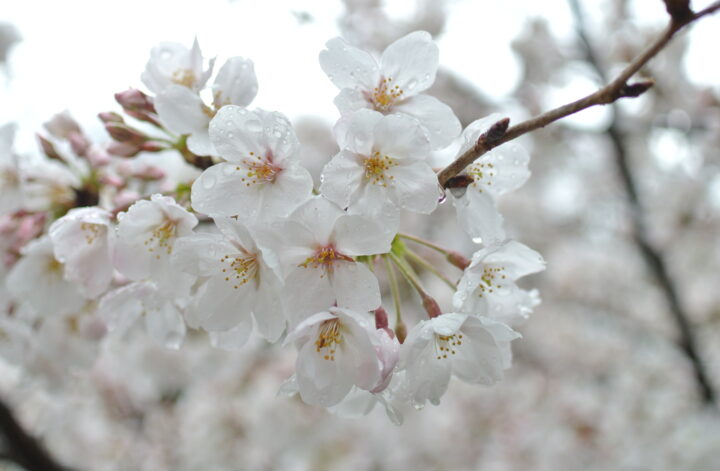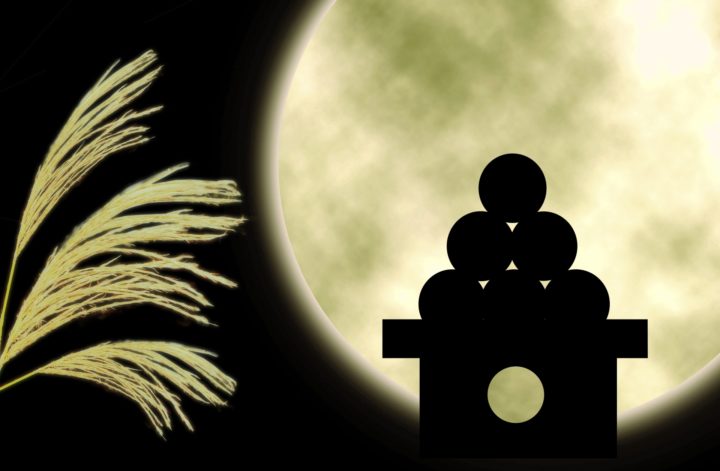In early spring, Japanese people can’t wait for cherry blossoms to bloom. In March, TV news starts to give cherry blossom forecasts and people make plans for hanami based on them. Hana means flower or blossom and mi means viewing. However, hanami means more than that.
When the cherry blossoms in their town bloom, people go out for hanami. There are many places for hanami: parks, gardens, river banks, temples, shrines, and castles. People enjoy picnicking under the blooming blossoms. They also enjoy parties, eating and drinking in the evening.
*Because of the covid-19, people are encouraged to refrain from having hanami parties this year.

